Centre for Computational Personalized Medicine
We use computing to find new ways to keep people healthy.
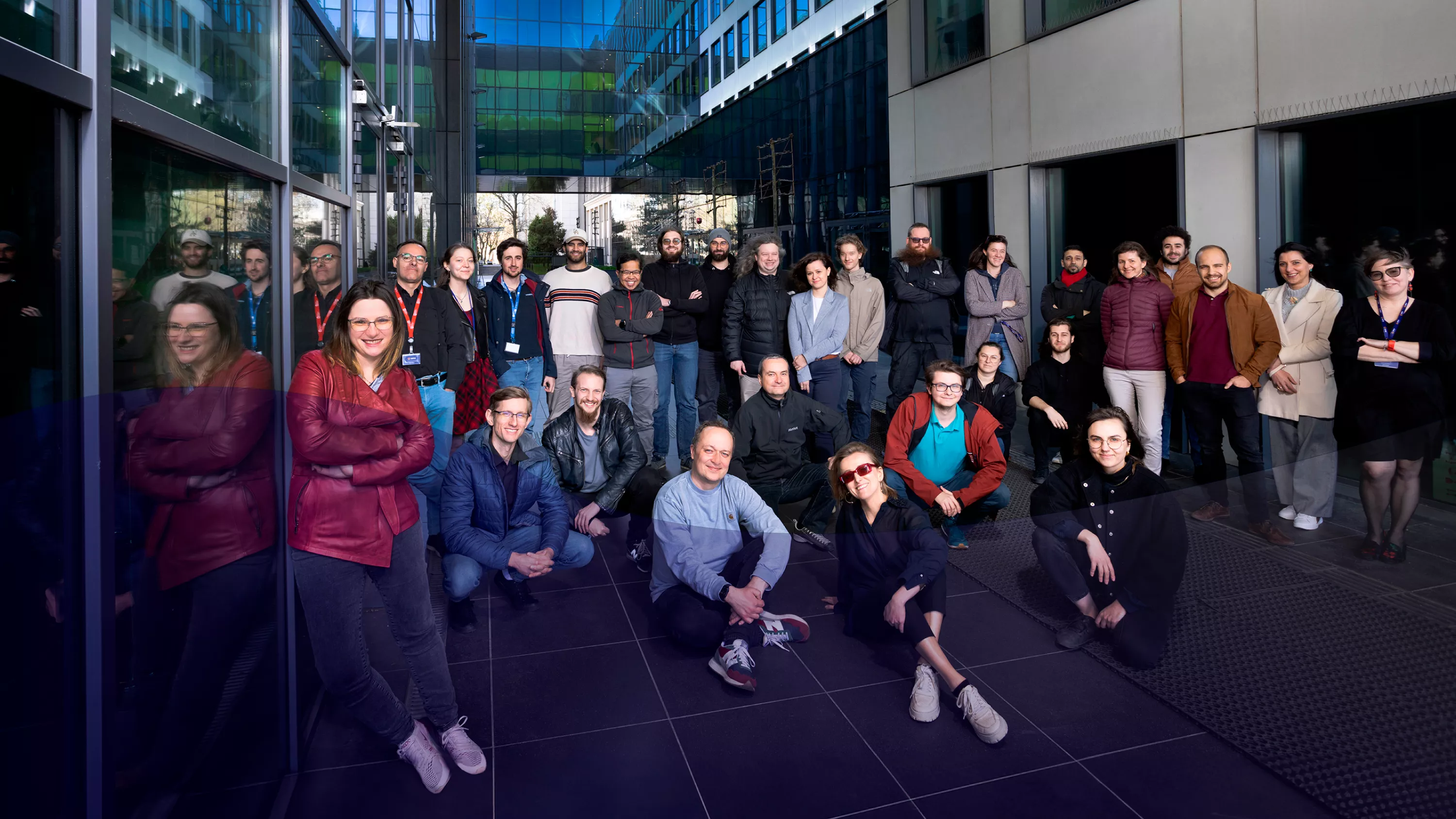

About us
We are developing sophisticated computer methods for the prevention, diagnosis and assistance of the treatment of diseases, to meet the overarching worldwide need for efficient, effective and streamlined healthcare. Our aim is to help clinicians to take better care of patients and to become one of the best Centre for Computational Medicine in Europe.
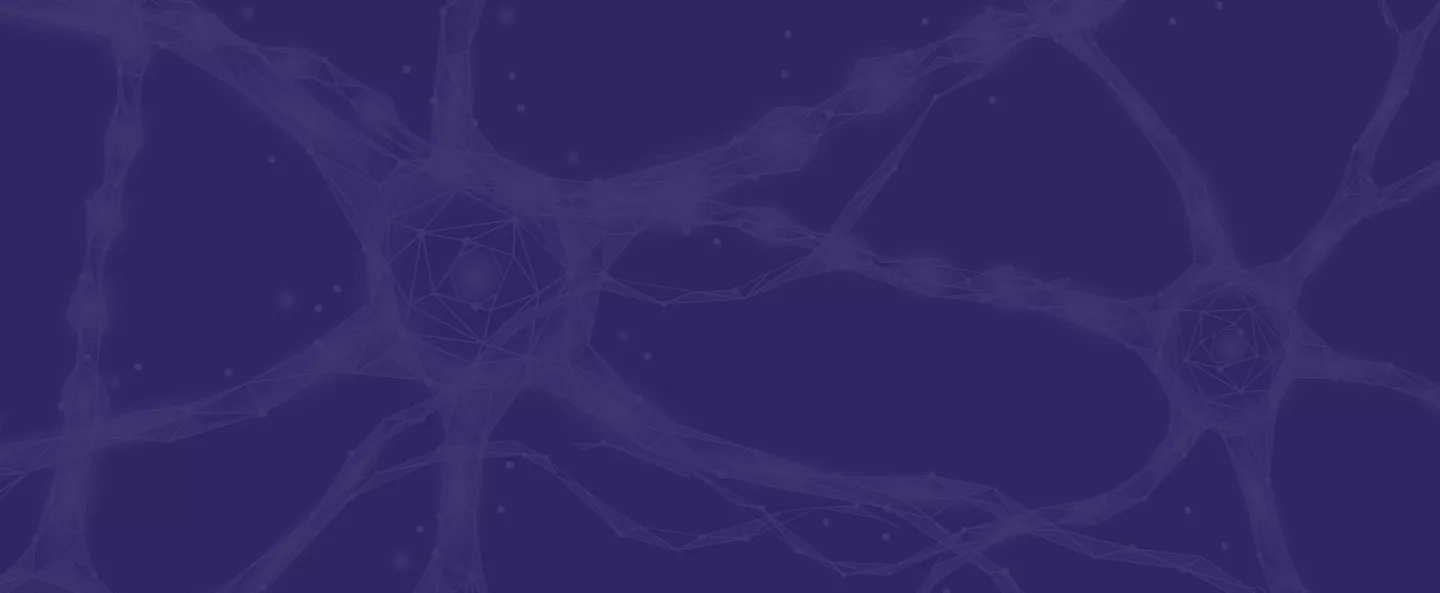
-
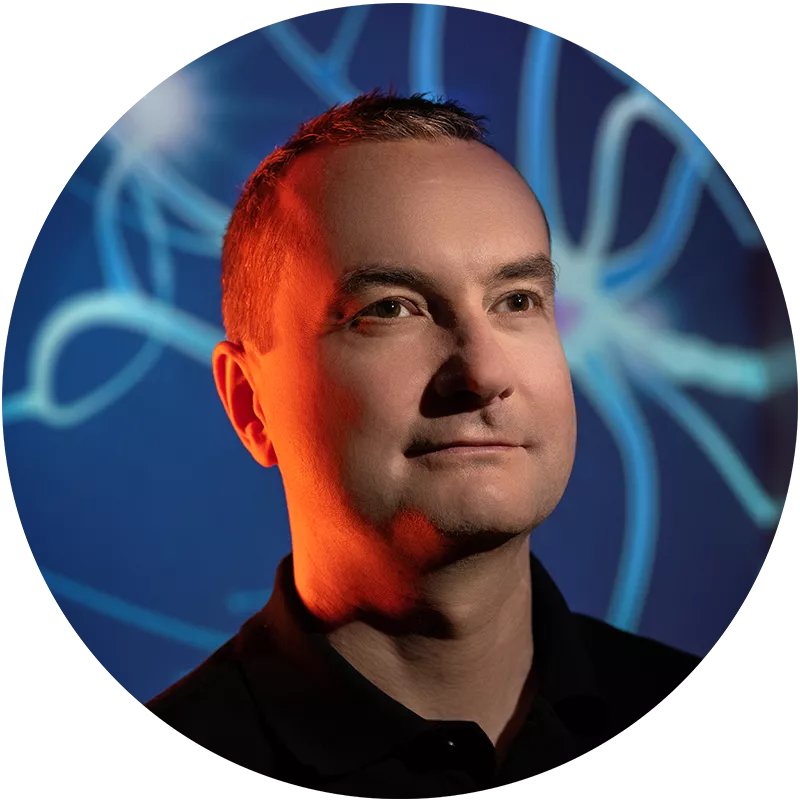 –Maciej Malawski, Director of Sano, Research Team Leader of Extreme-scale Data and Computing, Associate Professor at AGH
–Maciej Malawski, Director of Sano, Research Team Leader of Extreme-scale Data and Computing, Associate Professor at AGHComputational medicine deals with developing and applying new, advanced computing technologies to the problems of human health. Given that “Sano” means “health”, and that health is a key value to everyone, at Sano we believe that by advancing such technologies we can contribute to the common good.
-

Computational medicine is a field that combines the passion of programmers and the erudition of medics to make our liver better.
– Arkadiusz Pajor
-

Computational medicine is not about giving ourselves up to the will of machines, but demanding them to teach us what we cannot see.
– Joan Falco Roget
Sano Event Calendar
Workshop at Sano “Data Science i Sztuczna Inteligencja w Medycynie Mikrobiomowej”
18 and 19.01.2025
więcej informacjiOur Research teams
-
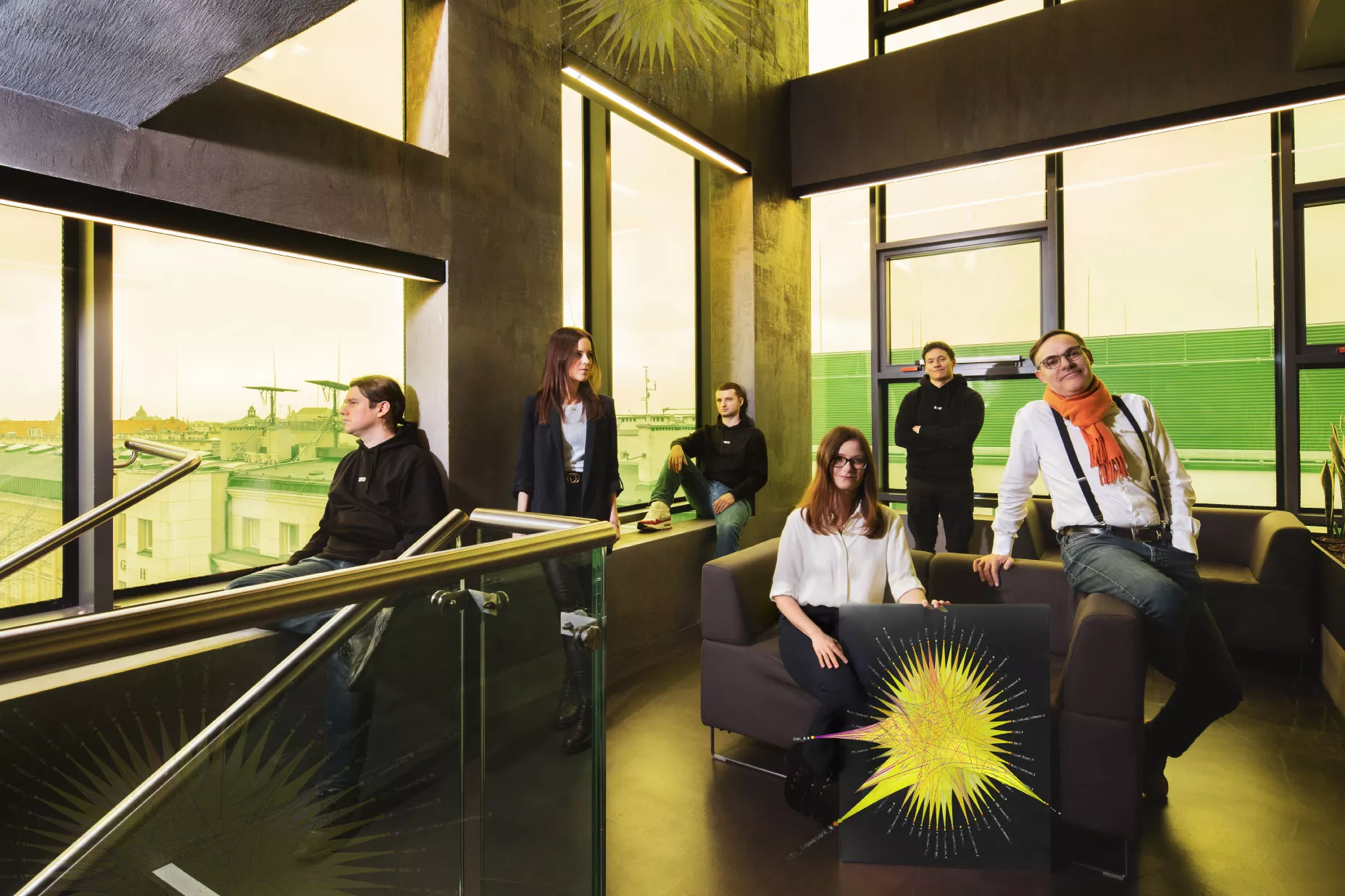
Personal Health Data Science
Behavioral science and data analytics on population health data and other types of data (e.g., wearables) to identify health risks, trends, inefficiencies, vulnerable populations, patient subgroups, and investigate potential population-wide interventions (e.g., nudge theory).
-
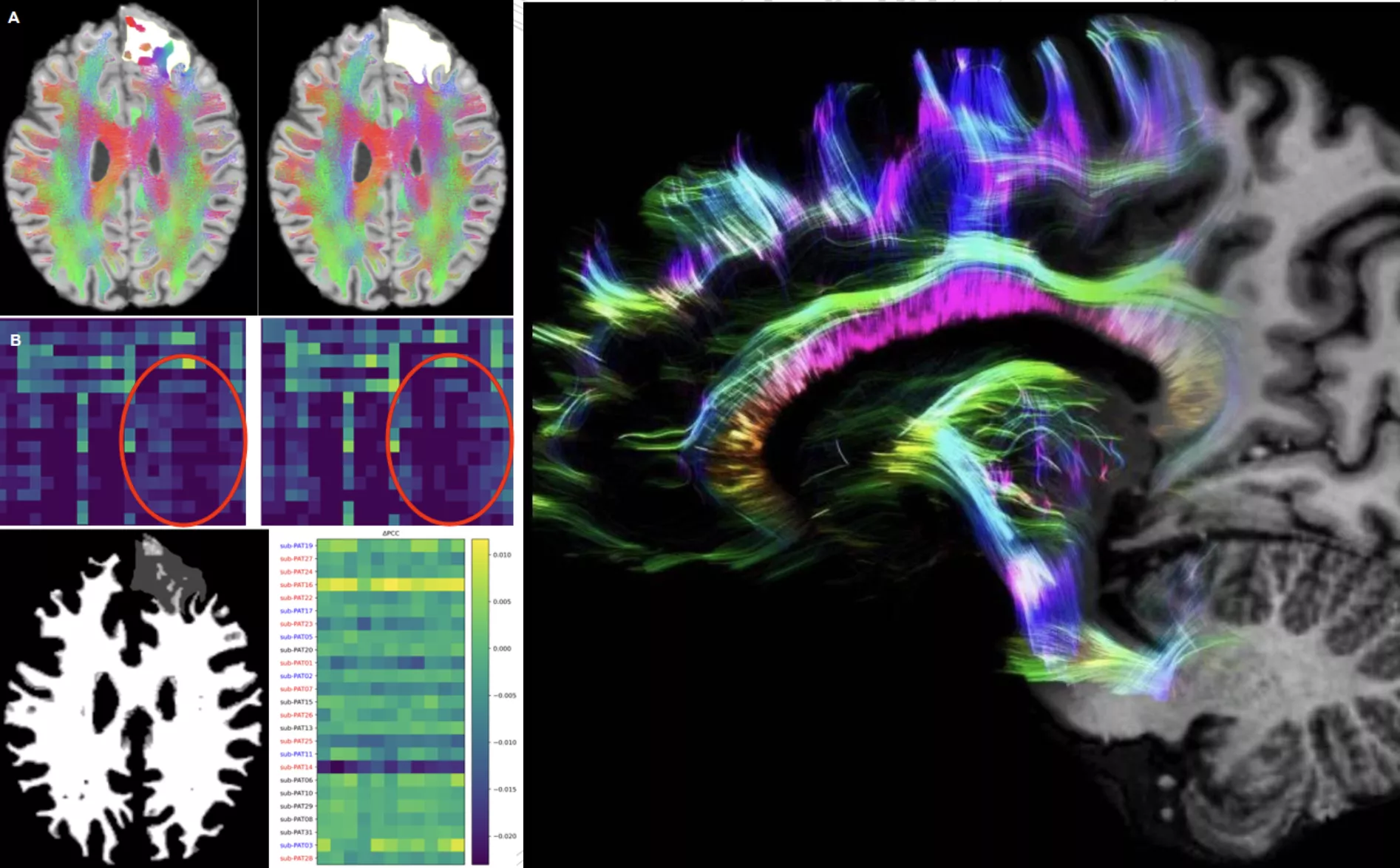
Computer Vision (Computational Neuroscience)
Development of AI clinical decision support systems based on clinical data and other types of information obtained from various sources and/or computer simulations.
-
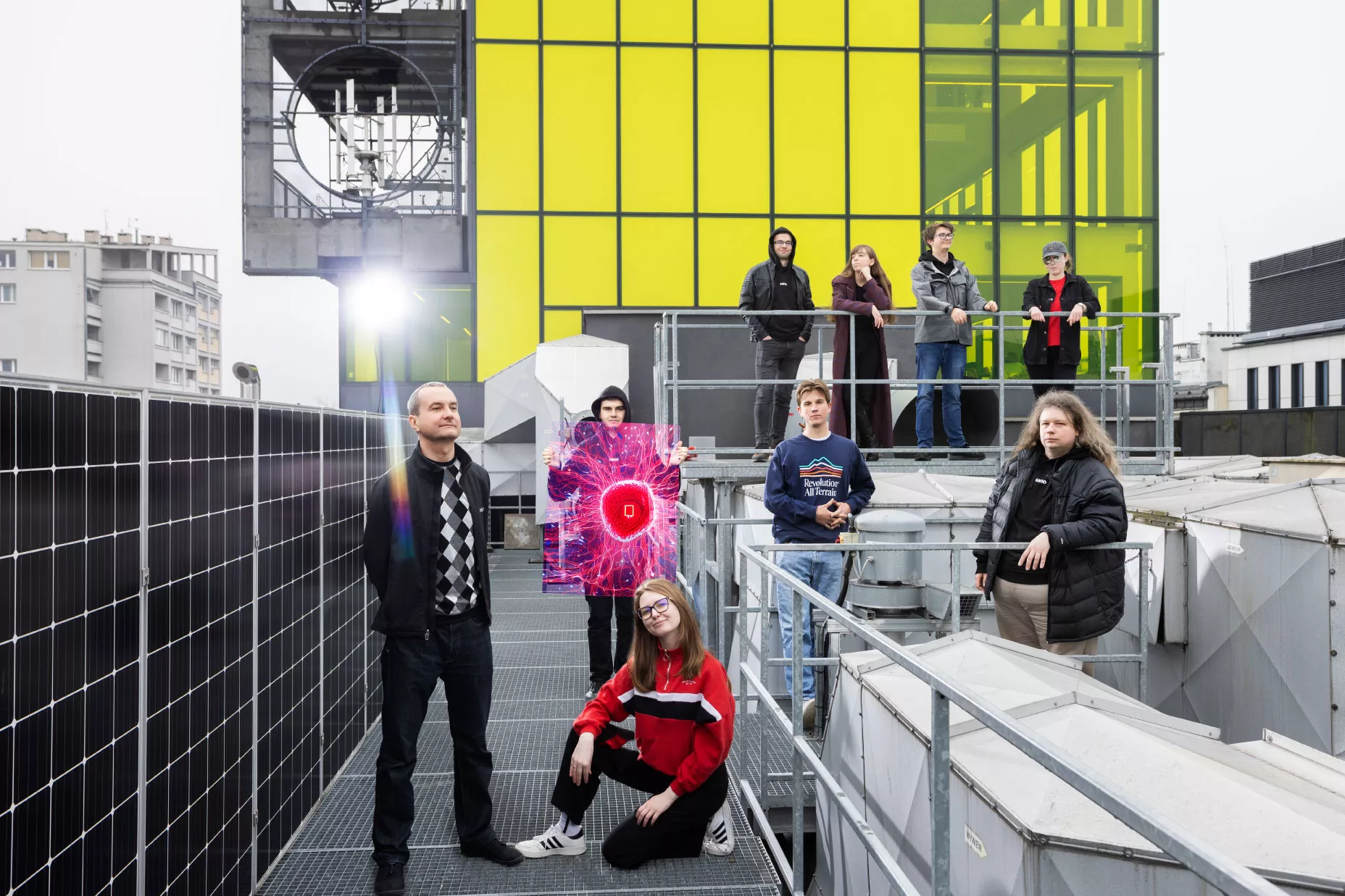
Extreme-Scale Data and Computing
Efficient processing of large data sets with the use of advanced computing infrastructures and deployment of computing solutions at the point of care.
-
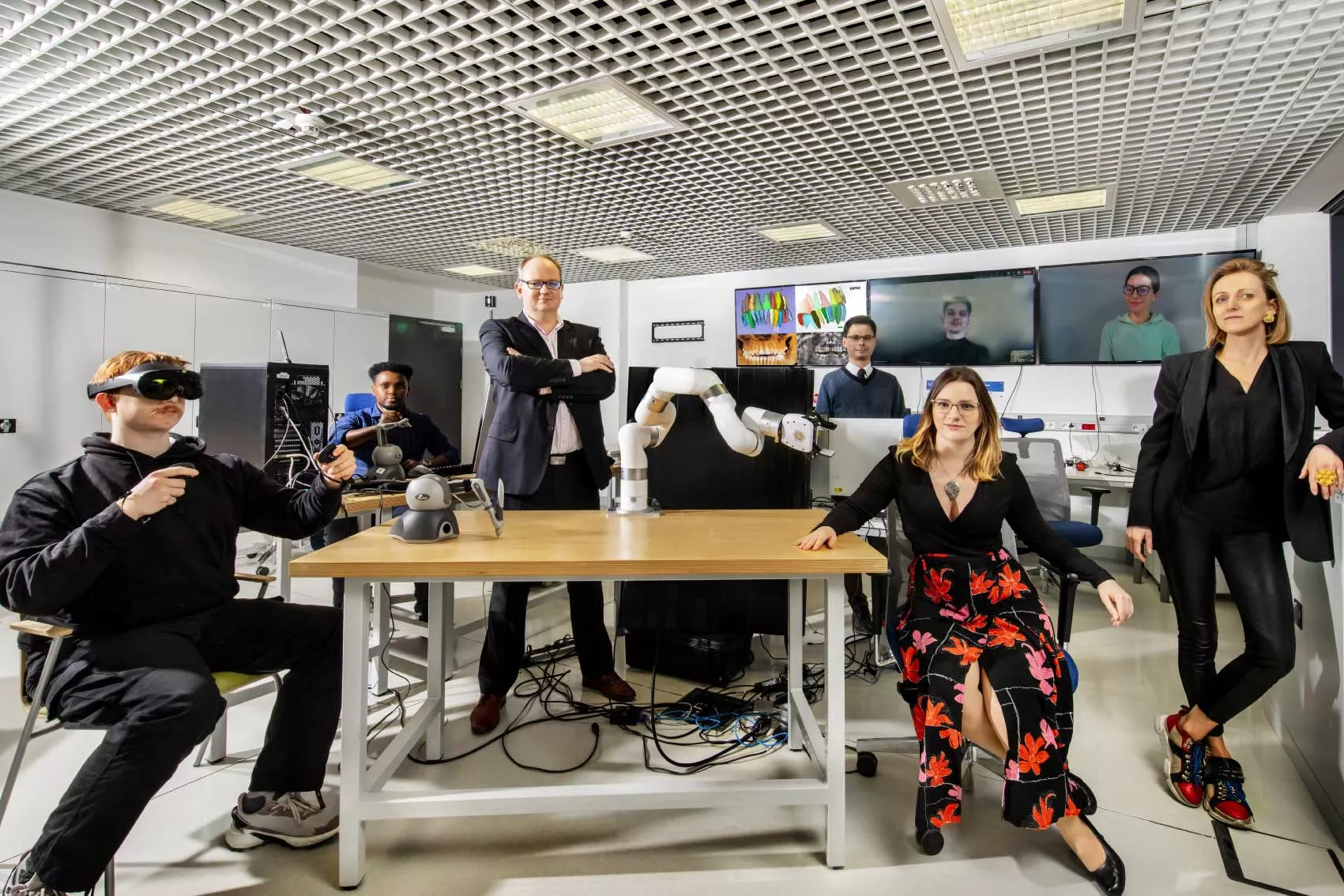
Health Informatics Group (HIGS)
Multidisciplinary research at the interface of computing, information technology, behavioral science, human-computer interaction, and AI, focused on healthcare workflows, patient data management, data visualization, interaction and communication applied to on-site and remote medicine.
-
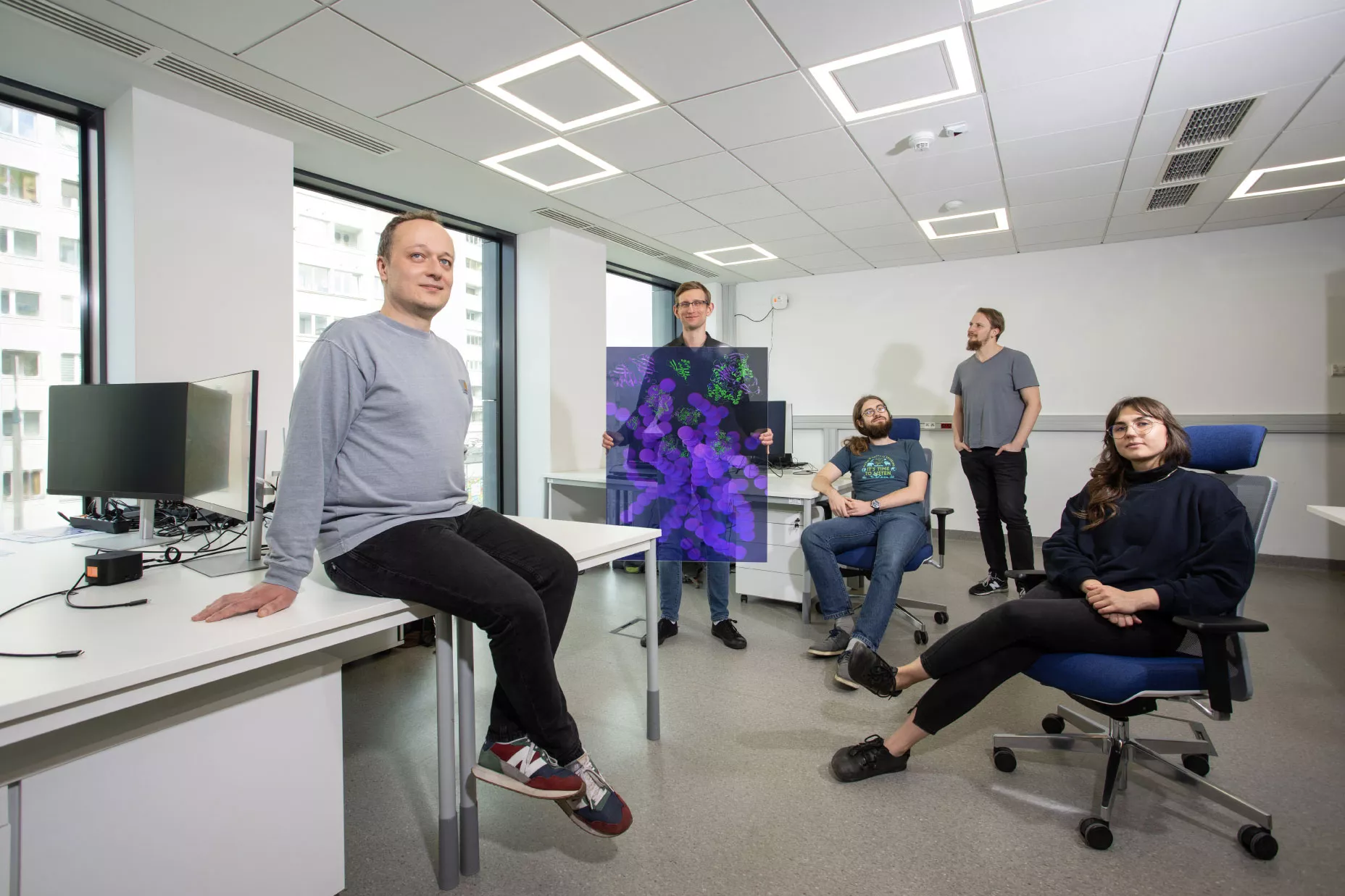
Structural and Functional Genomics Group
The human gut microbiome is a complex, diverse and dynamic ecosystem important to health. Primarily, we study it using multi-omics techniques, especially metagenomics. From it, we obtain DNA reads which give us information about the identity and relative proportions of all forms of life inhabiting our gastrointestinal tracts.
Publications
-
Read more
Signature Genes Selection and Functional Analysis of Astrocytoma Phenotypes: A Comparative Study
In: www.mdpi.com, 2024
-
Read more
On human nanoscale synaptome: morphology modeling and storage estimation
In: journals.plos.org, 2024
-
Read more
Adaptation to space conditions of novel bacterial species isolated from the International Space Station revealed by functional gene annotations and comparative genome analysis
In: microbiomejournal.biomedcentral.com, 2024
-
Read more
Disrupting scientific podcasts. Prototype and blueprints for an ergodic neuroscientific talk
In: dl.acm.org 2024 and: www.growkudos.com 2024
-
Read more
Investigating the interaction between EEG and fNIRS: A multimodal network analysis of brain connectivity
In: www.sciencedirect.com, 2024.
-
Read more
Local Sensitivity Analysis of a Closed-Loop in Silico Model of the Human Baroregulation
In: https://www.springerprofessional.de 2024
-
Read more
Multimodal Neuroimaging: EEG and fNIRS
In recent years, the integration of neuroimaging techniques, particularly the combination of EEG (Electroencephalography) and fNIRS (functional N…
-
Read more
Synergistic eigenanalysis of covariance and Hessian matrices for enhanced binary classification on health datasets
In: https://arxiv.org/abs/2402.09281, 2024
-
Read more
Relationship between eye movements and resting-state brain connectivity in congenitally blind people
To understand how or if spontaneous eye movements in blind people are related to brain activity at whole-brain and network levels
-
Read more
Effect of blindness on macroscale functional brain organization
To understand how blindness affects the structural-functional organization

Sano ecosystem
Together we can achieve more!


